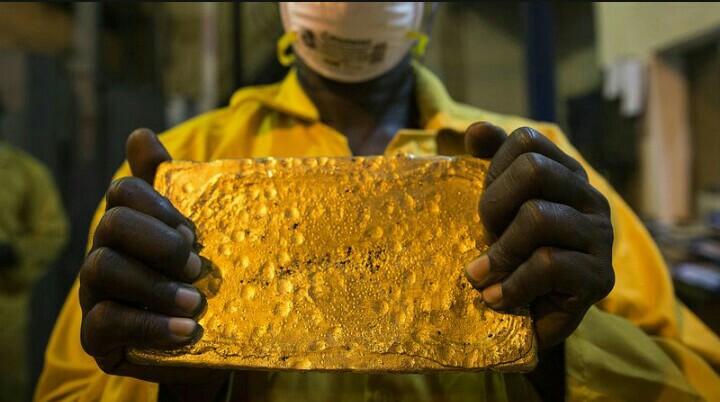While remaining underexplored, South Sudan is considered to hold significant commercial quantities of mineral resources. A nascent gold mining sector in the country offers established producers the opportunity to partner with the government on frontier prospects and leverage their expertise to spearhead mineral exploration, extraction and development activities.

For the first time in its eight-year history, this year’s South Sudan Oil & Power (SSOP) conference and exhibition has expanded to four days to include a concurrent Mining Forum, which will explore and promote South Sudan’s untapped mining potential. The forum invites international investors and private companies to participate in the forum and engage directly with South Sudan’s Ministry of Mining to explore emerging opportunities in the sector.
Geological Surveying and Mineral Occurrences
Despite holding similar known geological frameworks as neighboring countries such as the Democratic Republic of the Congo (DRC) and northern Uganda, reliable information on the potentiality of South Sudan’s mineral reserves is not yet readily accessible. The DRC serves as the world’s 16th largest gold producer, accounting for 2% of global production. The Kibali gold mine serves as one of the largest gold mines of its kind in Africa, producing 343,000 ounces of gold in 2023 and showcasing a high potential for similar gold deposits in South Sudan.
In 2022, exploration surveys in Uganda led to the discovery of approximately 31 million tons of gold ore deposits, from which an estimated 320,158 tons of refined gold could potentially be extracted, valued at $12.8 trillion. The geological framework in South Sudan comprises three main units, two of which show regionally correlated gold sequences with northern Uganda.
Known gold deposits mainly occur in the central and eastern Equatoria region in South Sudan, which is home to a number of small-scale artisanal mining activities. In these states, gold is mined across the Kawokono area, with reported activity located near the areas of Nyangea, Lauro, Buno, Napotpot and Namurunyan, where gold is extracted by local miners. Meanwhile, over 50 alluvial sites located near the Luri river – approximately 40 km southwest of Juba – have reported gold discoveries, which have been estimated to contain a concentration as high as 4 grams per m3. Other important alluvial gold concentrations have been reported from the Kinyeti river, the city of Nimule and northeast Karpeto.
International Collaboration in the Sector
Last February, South Sudan’s Ministry of Mining and South Africa’s Department of Mineral Resources and Energy signed an MOU for collaboration in the mining sector, providing for increased cooperation in exploration, knowledge transfer and capacity building. As part of the signing ceremony, South Sudan’s Minister of Mining Martin Abucha called on international investors to participate in the country’s mining industry, inviting private sector players to engage with the Ministry in exploring newfound opportunities.
Meanwhile, South Africa’s state-owned African Exploration Mining and Finance Corporation announced last June that it is actively seeking partnerships with South Sudanese mining companies. South Africa’s Council for Geoscience has also expressed interest in geothermal activities in East Africa, with a focus on South Sudan. Furthermore, an exploration pact between U.S.-based mining firm REE-Magnesium and Canada’s CVMR Inc. signed in September 2019 enabled the two companies to conduct satellite imaging to map South Sudan’s mineral resources. The exploration pact has also positioned the South Sudanese Government in a space where it is able to explore its own mineral resources and productively develop the sector.
Further announcements to the country’s mining sector – which include development of a geological laboratory and the establishment of a mining chamber – will be made later this year during the seventh edition of the SSOP conference and its satellite Mining Forum. The Forum, which will take place on June 27, will showcase new project developments and facilitate partnerships and investment between local and foreign mining firms, while exploring the intersection of mining and energy and how South Sudan can leverage its existing infrastructure to support mining sector growth.
